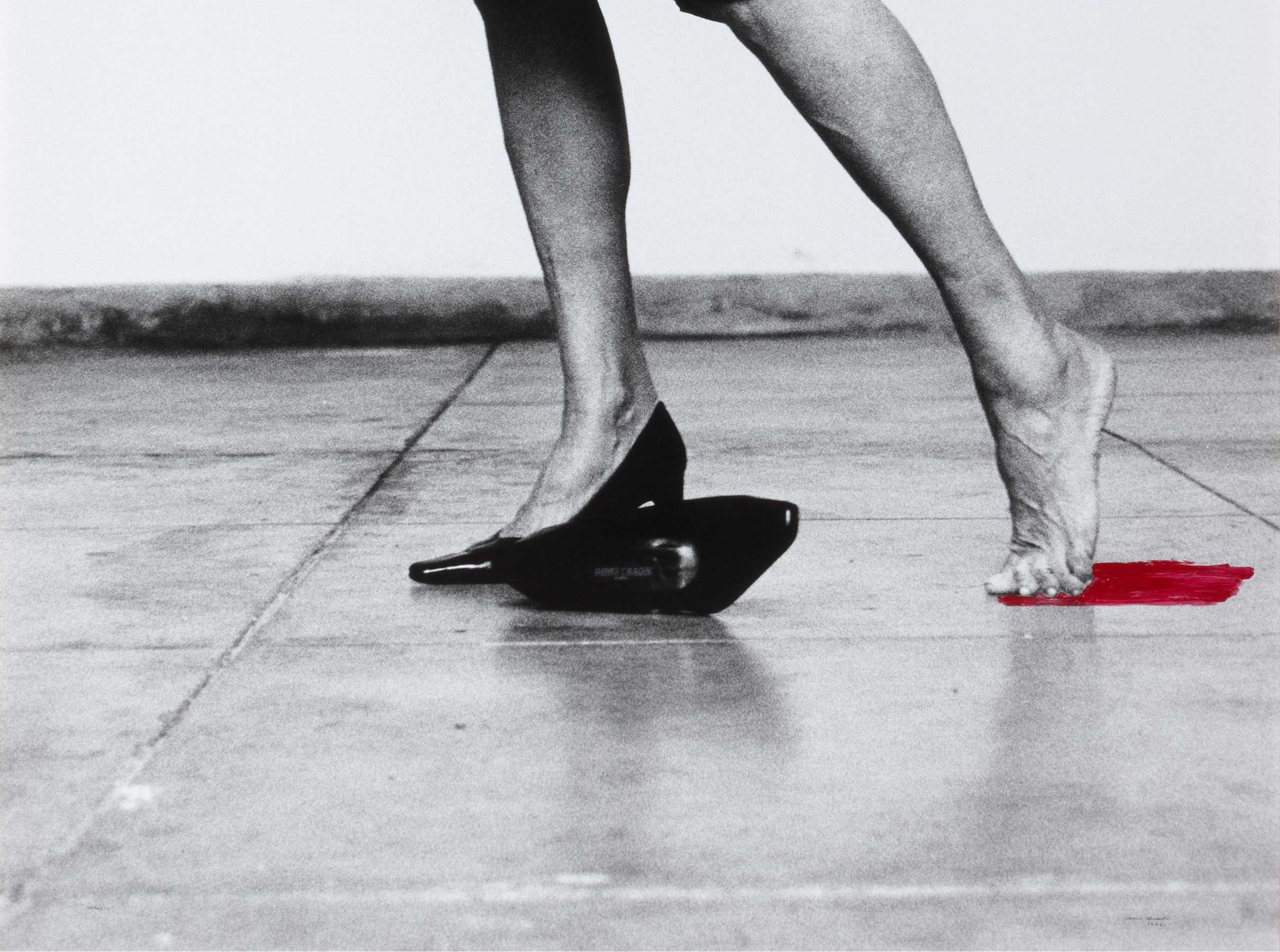Esplendor [Splendour]
- 2003
- Acrylic and enamel on canvas
- 200 x 165 cm
- Cat. P_742
- Acquired in 2008
By:
Carlos Martín
Throughout Felicidad Moreno's career, her art has oscillated between biomorphism, ornamentation and other formats, supports and materials that cannot be pinned down to any one tradition. Her work reflects, albeit in a veiled or unconscious way, certain feminist elements.
Starting with Moreno's work, Guillermo Solana explored the genealogy of the tondo and the oculus, which he placed in the context of the Hindu tradition of the mandala as a focus of contemplation. This he relates to Moreno's recurrent use of the circular, also seen in Esplendor [Splendour] (2003), which confirms that the circumference can be both an orifice and the ocean, both an ovary and the universe, containing latent life.
Rafael Doctor Roncero
Felicidad Moreno, Madrid, Galería Distrito 4, 2003. Vv.Aa.
Colección Banco de España. Catálogo razonado, Madrid, Banco de España, 2019, vol. 3.
Other works by Felicidad Moreno

![Esplendor [Splendour]](/f/webca/INF/assets/img/fff.png)